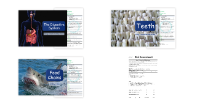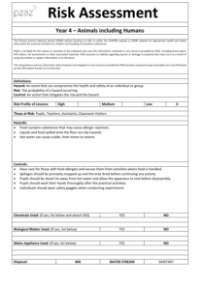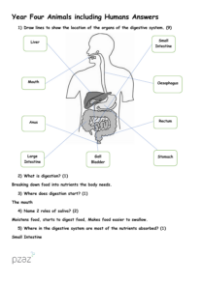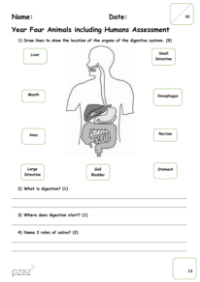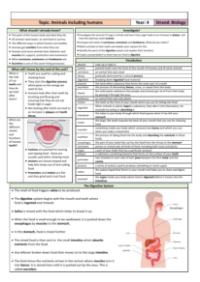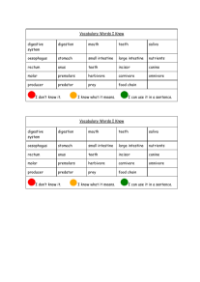Animals - Keywords
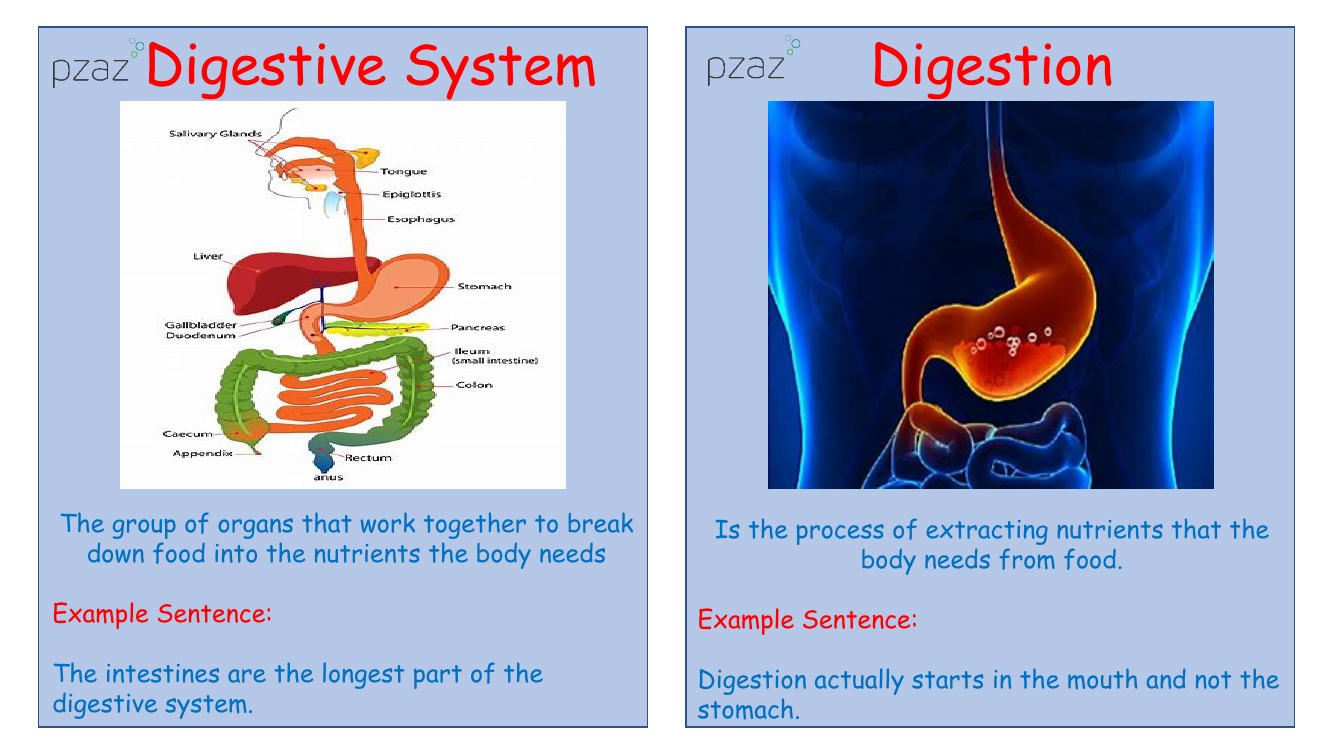
Science Resource Description
The digestive system is a complex network of organs that collaborate to break down food into essential nutrients needed by the body. It includes various components, such as the intestines, which represent the longest part of this system. Digestion, the process of nutrient extraction, surprisingly commences in the mouth, not the stomach. Here, the mouth plays a crucial role as the initial site of digestion, where teeth come into action, breaking down food into smaller, swallowable pieces. Saliva, a watery secretion from mouth glands, aids in lubricating the food for easier chewing and swallowing, while the oesophagus is the conduit that transports the swallowed food from the throat down to the stomach.
In the stomach, food is further broken down into a pulp and mixed with digestive juices. It then moves into the small intestine, a crucial site for nutrient absorption. Following this, the large intestine takes over, absorbing most of the water from the food. The rectum serves as a storage area for faeces before elimination, which occurs through the anus, a muscular ring that facilitates the expulsion of waste. The digestive process also involves various types of teeth, such as incisors for cutting, canines for tearing, and molars and premolars for grinding food. In the animal kingdom, dietary classifications include herbivores, like vegetarians, which primarily consume plants, and carnivores, which eat mainly meat. Omnivores have a more varied diet, consuming both plants and meat. Food chains and webs depict the relationships within an ecosystem, starting with producers like plants and moving up through various levels of consumers, including predators, prey, and apex predators, which sit at the top of the food chain.

